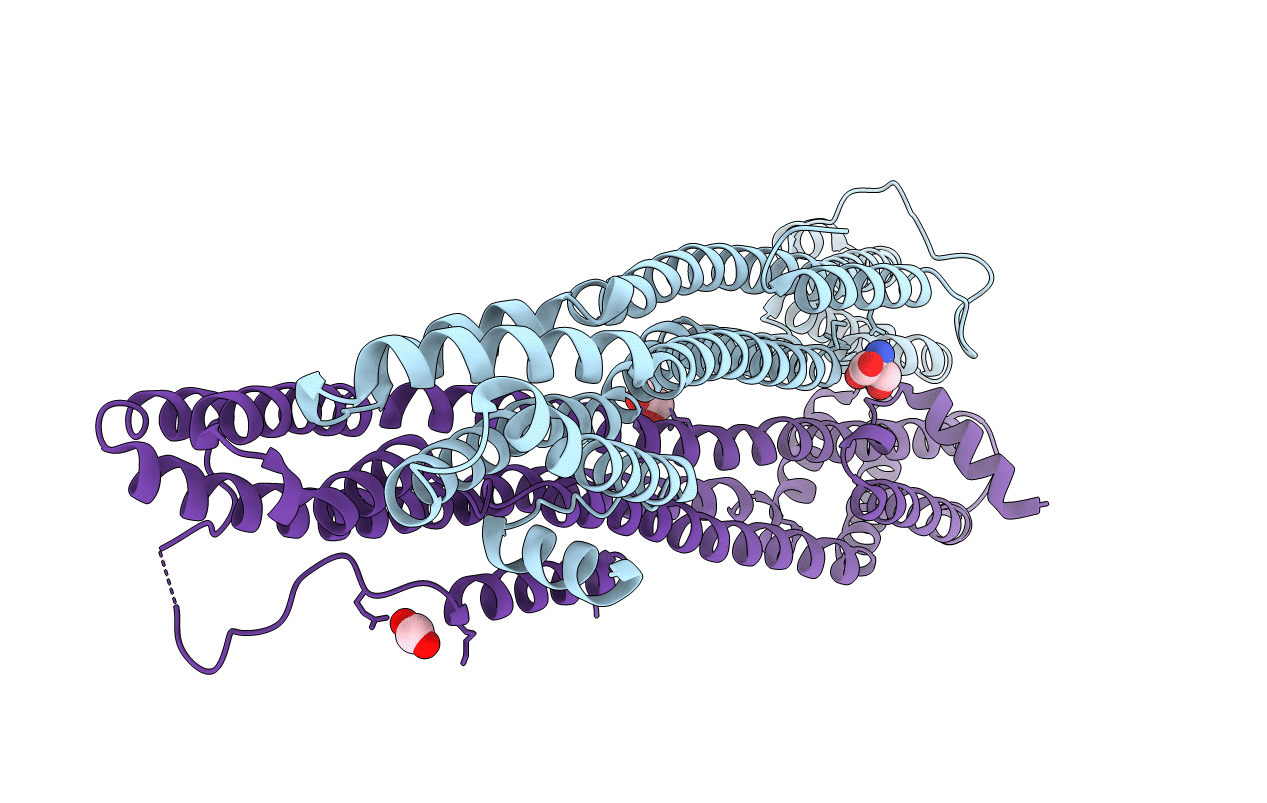
Deposition Date
2014-09-25
Release Date
2014-10-29
Last Version Date
2024-05-01
Entry Detail
PDB ID:
4WID
Keywords:
Title:
Crystal structure of the immediate-early 1 protein (IE1) at 2.31 angstrom (tetragonal form after crystal dehydration)
Biological Source:
Source Organism:
Macacine herpesvirus 3 (Taxon ID: 47929)
Host Organism:
Method Details:
Experimental Method:
Resolution:
2.31 Å
R-Value Free:
0.24
R-Value Work:
0.19
R-Value Observed:
0.20
Space Group:
P 43


